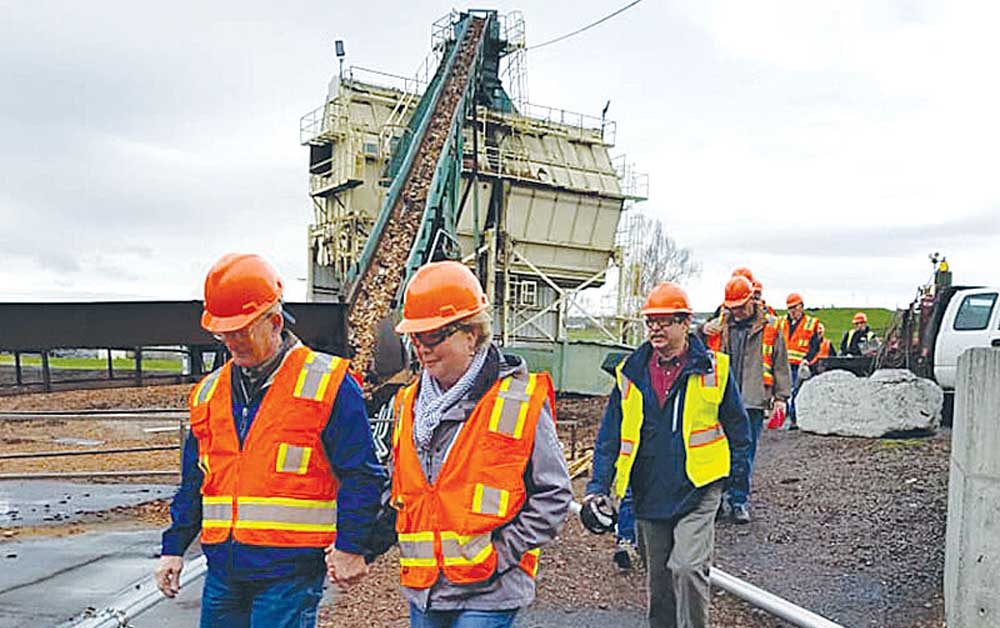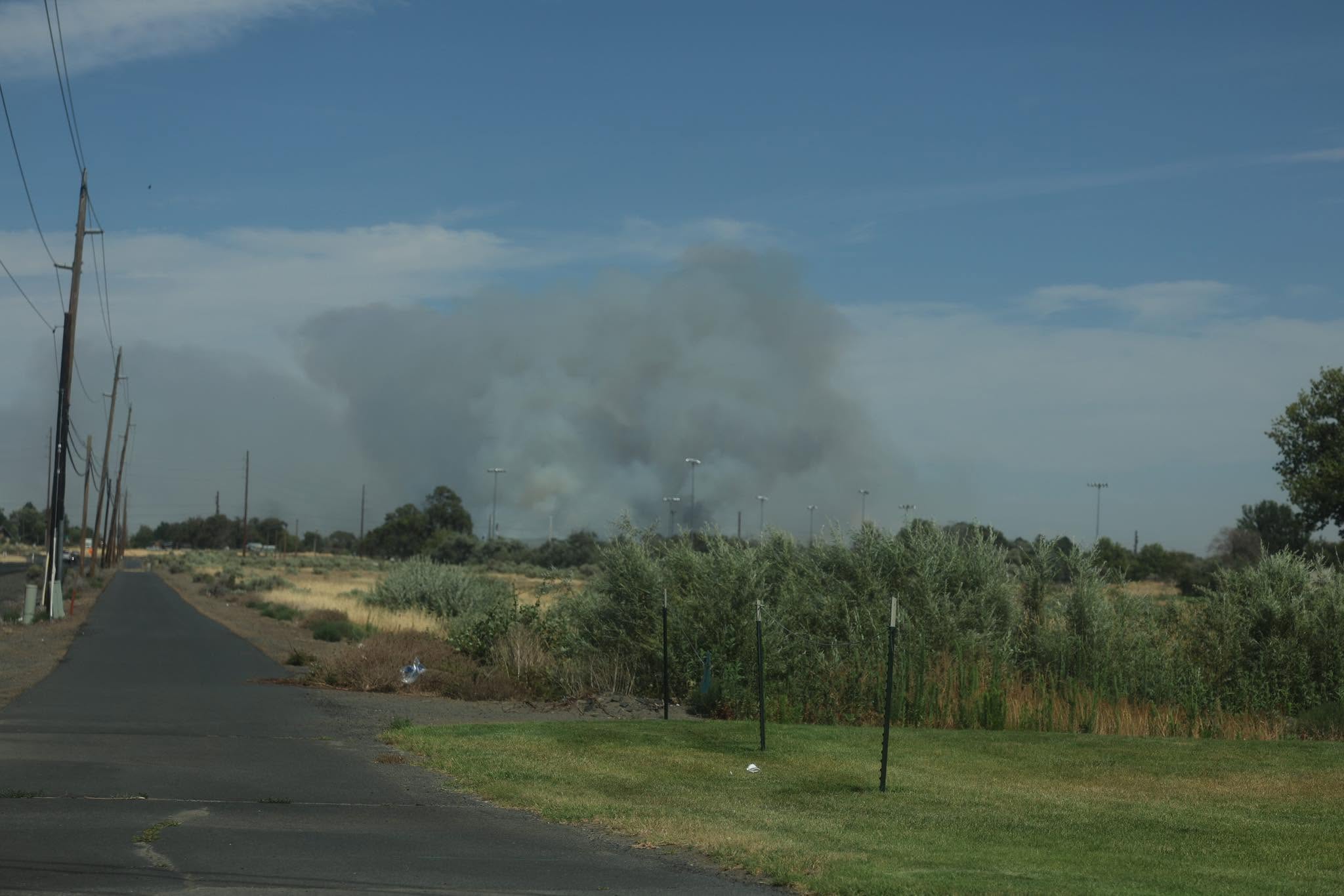Kidney stones more common than you think
Published 8:27 am Sunday, January 3, 2010
Kidney stones can be one of the most painful medical problems imaginable. I have known women who say they would rather deliver a baby without pain medication than pass a kidney stone.
About 12 out of every 100 men and about 5 out of every 100 women will develop kidney stone symptoms at some point in their lives.
Risk factors that increase your chances of developing kidney stones include:
? low fluid intake,
? diet high in salt and animal protein,
? diet low in calcium,
? obesity, especially in women,
? high blood pressure,
? certain diseases including gout, diabetes, hyperparathyroidism and inflammatory bowel disease.
Stones form in the kidneys when mineral salts in the urine crystalize and clump together. This can happen when the urine is too concentrated, a result of not drinking enough fluids.
Small stones usually don’t cause problems when they are in the kidneys. The pain begins when they move down the ureter, which is the narrow tube that drains urine from each kidney to the bladder.
Kidney stones usually cause significant one-sided pain in the back or flank, which may come and go as the stone moves. Nausea and vomiting are common. The feeling of urgency to urinate and painful urination are also common. Sometimes blood can be seen in the urine.
Some people with stones do not have acute pain, but may have repeated urinary tract infections or blood in the urine.
A CT scan is often used to positively diagnose kidney stones; ultrasound and X-rays can also be used.
Pain medications and plenty of fluids (given either by mouth or intravenously) are given to manage the pain until the stone passes through the ureter, into the bladder on its own.
In many cases, people with kidney stones will be asked to strain their urine to recover stones, so that they can be analyzed at a lab. There are several different types of stone: calcium oxalate, uric acid, calcium phosphate, struvite and cystine stones. Knowing what kind of stone you have can help your physician help you prevent more stones from developing in the future.
In cases in which the stone is large and won’t pass on its own, shock wave lithotripsy is used to dissolve the stone. A stone can also be removed with a small instrument that is passed through the ureter.
Usually, kidney stones do not cause any long-term damage. But, if a stone becomes large enough to block the flow of urine out of the kidneys, there is a risk of infection, bleeding and kidney damage.
In general, anyone with a history of kidney stones should consume plenty of fluids each day – many physicians recommend three quarts per day. Water is best.
And, even in the case of calcium stones, restricting your intake of calcium is not recommended. In fact, low-calcium diets may increase the risk of stones.
For certain kinds of stones, there are medications that can control the level of acidity or alkalinity of the urine, which may help to prevent future stones.
Kathryn B. Brown worked as a registered nurse and a family nurse practitioner before coming to work for the East Oregonian. Her column appears here every other week. She can be reached at kbbrown@eastoregonian.com.









